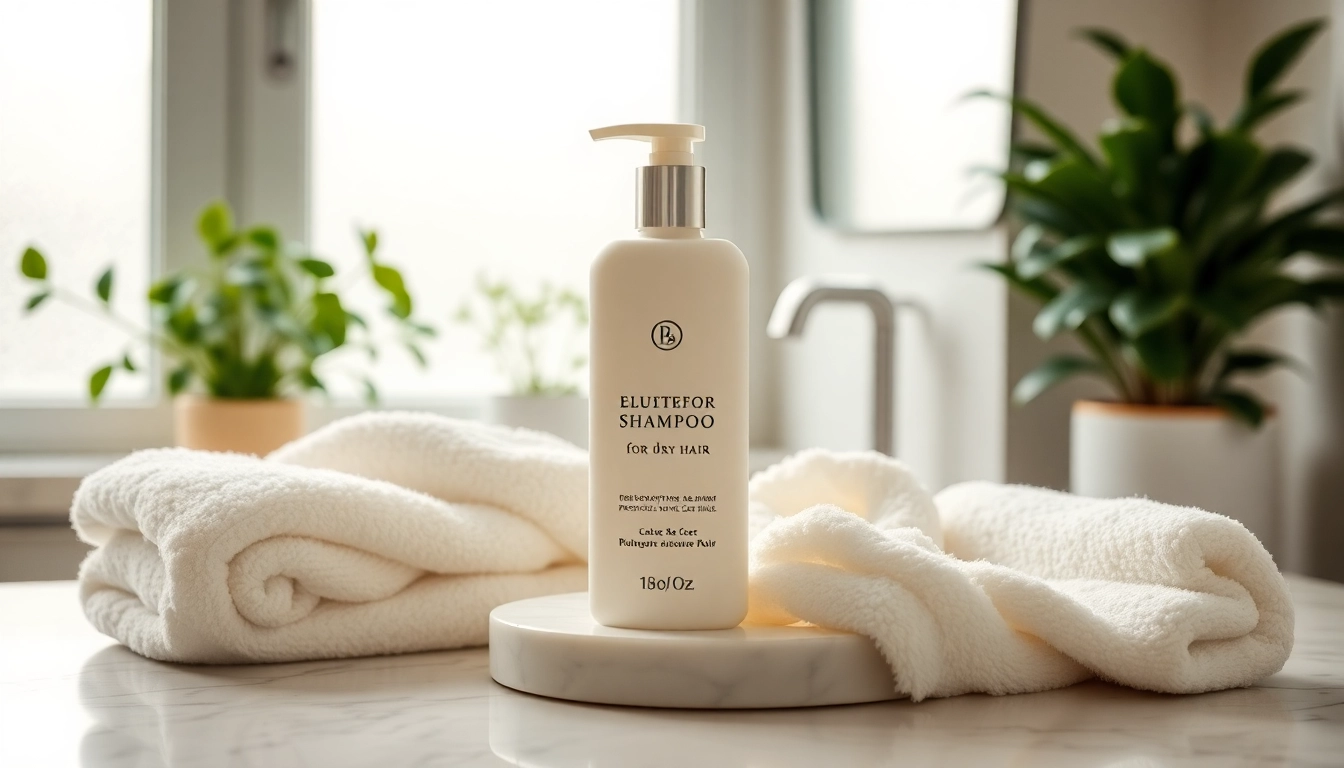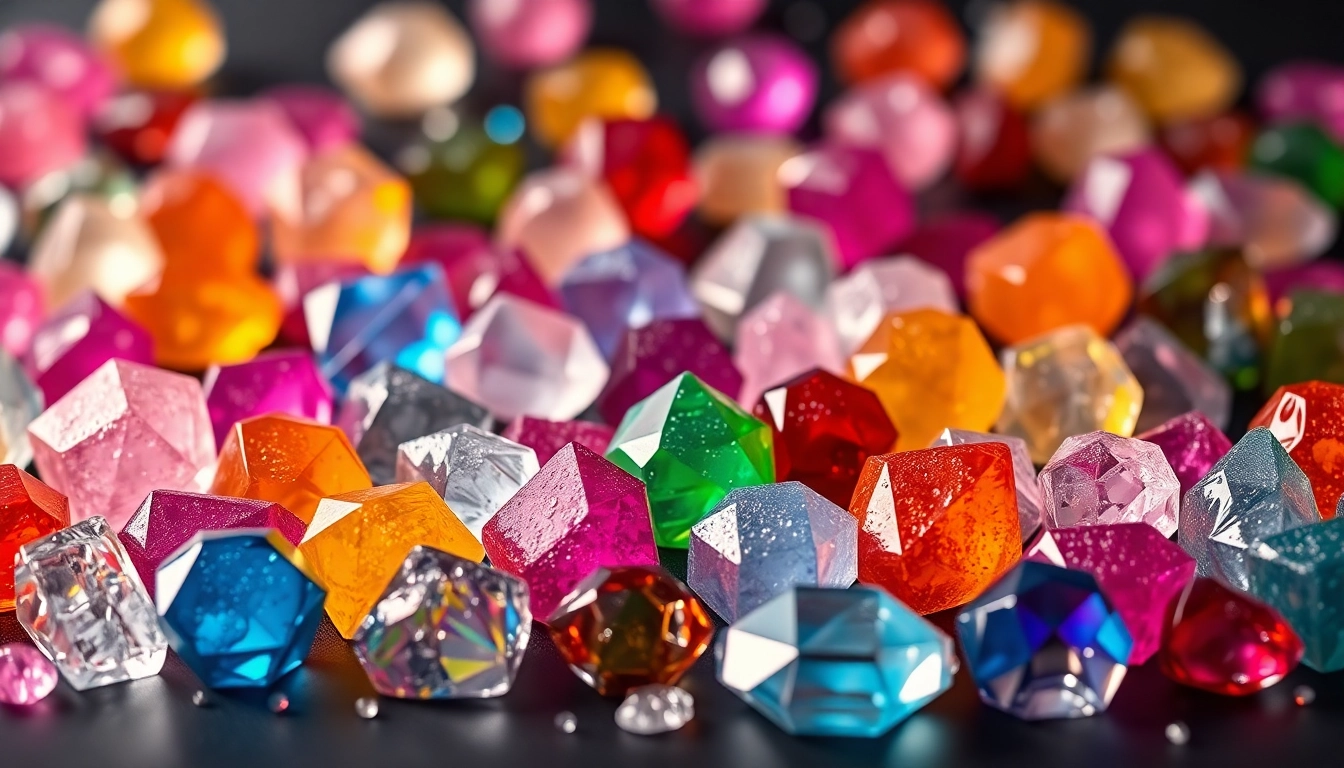The Science Behind Dry Hair
Understanding Hair Structure and Damage
Hair is composed primarily of a protein called keratin, which forms the building blocks of individual hair strands. Each strand has three main layers: the cuticle (the outer layer), the cortex (the middle layer), and the medulla (the innermost layer). The cuticle protects the inner layers and plays a crucial role in the hair’s shine and smoothness. When hair becomes dry, it often means that the cuticles are damaged, allowing moisture to escape and leading to frizz and brittleness.
Common Causes of Dry Hair
Several factors can contribute to dryness in hair:
- Environmental Factors: Sun exposure, humidity, and pollution can strip moisture from hair. Cold winter air and heating can also contribute to dryness.
- Chemical Treatments: Hair coloring, perming, or chemical straightening can weaken the hair structure, leading to increased dryness.
- Heat Styling: Frequent use of blow dryers, curling irons, and flat irons can deplete the hair’s natural moisture, resulting in dry, brittle strands.
- Lack of Moisture: Insufficient hydration from the inside (not drinking enough water) or outside (using the wrong hair products) can leave hair feeling dry and lifeless.
- Medical Conditions: Certain health issues, such as thyroid disorders or nutritional deficiencies, can lead to hair dryness.
How Shampoo Choices Impact Hair Health
Selecting the right shampoo is essential for maintaining hair health. Harsh ingredients, such as sulfates and alcohol, can strip hair of its natural oils, exacerbating the dryness. On the other hand, gentle, hydrating formulas can help replenish moisture and protect the hair cuticle. Using a best shampoo for dry hair can create a balanced environment for healthy hair growth.
Choosing the Best Shampoo for Dry Hair
Key Ingredients to Look For
When searching for a shampoo tailored for dry hair, look for key ingredients that offer hydration and nourishment:
- Natural Oils: Ingredients like argan oil, coconut oil, and jojoba oil provide deep hydration and essential fatty acids that restore moisture balance.
- Glycerin: This humectant draws moisture from the environment into the hair, helping to keep it hydrated.
- Aloe Vera: Known for its soothing properties, aloe vera can moisturize the scalp and hair while also reducing inflammation.
- Proteins: Keratin and silk proteins can help strengthen the hair shaft and improve its overall texture.
- Vitamins: Vitamins A, E, and B5 (panthenol) offer protective and nourishing benefits for dry hair.
Top Brands and Formulas
Several brands have formulated high-quality shampoos specifically for dry hair. Consider these top recommendations:
- Moroccanoil Moisture Repair Shampoo: Enriched with argan oil, this shampoo restores moisture and improves hair elasticity.
- OGX Coconut Milk Shampoo: This nourishing formula hydrates and strengthens dry, brittle hair with the power of coconut milk.
- SheaMoisture Hydration Shampoo: With coconut oil and shea butter, this shampoo deeply nourishes while being free of sulfates.
- Living Proof No Frizz Shampoo: Designed to combat dryness and frizz, it creates a smooth texture with its unique anti-frizz technology.
- Pureology Hydrate Shampoo: A sulfate-free formula, it utilizes natural ingredients to hydrate and protect colored hair.
DIY vs Commercial Products
There are benefits to both DIY and commercial hair care products. DIY hair masks and shampoos can be customized to suit individual needs, often using natural ingredients that are both affordable and effective. However, commercial products frequently contain scientifically-backed formulas that may deliver results more efficiently. Depending on your hair type, lifestyle, and preferences, you may find that a combination of both yields the best results.
Applying Shampoo for Optimal Results
Frequency and Technique of Shampooing
How often you shampoo your hair can significantly impact its moisture levels. For dry hair, it’s usually best to shampoo less frequently—about two to three times a week. When shampooing:
- Start with warm water to open the cuticles.
- Apply a quarter-sized amount of shampoo to your scalp, avoiding the ends to prevent further drying.
- Gently massage the scalp with your fingertips for a few minutes, and then rinse thoroughly.
Importance of Follow-Up Treatments
After shampooing, using a conditioner is essential to replenish moisture. Look for conditioners that have similar ingredients to your shampoo and provide additional benefits, such as repairing damaged hair or enhancing shine. Leave-in conditioners or deep conditioning masks can also be beneficial when used weekly to ensure that your hair remains hydrated and healthy.
Tips for Enhancing Moisture Retention
To maximize moisture retention in your hair, consider these tips:
- Use Cool Water for Rinsing: After conditioning, rinse your hair with cool water to help seal the cuticles and lock in moisture.
- Avoid Excessive Towel Drying: Instead of vigorously rubbing your hair with a towel, gently squeeze out excess water to prevent frizz.
- Limit Heat Styling: Reduce the frequency of heat styling tools, and if you must use them, always apply a heat protectant.
- Protect Hair While Sleeping: Consider using a silk pillowcase or wrapping your hair in a silk scarf to minimize friction and moisture loss overnight.
Supplementing Shampoo with Other Products
Conditioners and Treatments for Extra Hydration
Conditioning treatments like deep conditioners, hair masks, and leave-in conditioners can provide your hair with an extra dose of hydration. Ingredients like shea butter, hyaluronic acid, and olive oil can work wonders in restoring dry hair. Look for products that are specifically labeled for hydration and moisture restoration.
Styling Products That Prevent Dryness
Styling products can also play a significant role in maintaining hydration levels. Opt for creams and serums formulated to add moisture and protect against heat damage. Avoid alcohol-based styling products, as they can further dry out the hair.
Protecting Hair in Harsh Environments
When exposed to harsh conditions, such as the sun, wind, or cold, it’s essential to protect your hair. Use scarves, hats, or UV protectant sprays to shield your hair from environmental damage. Additionally, swimming in chlorinated or salty water can dehydrate hair, so consider using a pre-swim spray to create a protective barrier.
Long-Term Care for Healthy Hair
Establishing a Consistent Hair Care Routine
To achieve and maintain healthy hair, establish a consistent hair care routine tailored to your hair type and needs. Include regular washing, conditioning, deep treatments, and preventive measures. This not only improves the appearance of your hair but also its overall health over time.
When to Seek Professional Help
If you notice persistent hair dryness despite your best efforts, it may be a good idea to consult a hair care professional. They can assess any underlying issues, provide personalized recommendations, and suggest treatments that may include professional-grade products or services.
Tracking Your Hair’s Health Over Time
Monitor the health of your hair by taking notes on its changes over time—how it reacts to different products, environmental influences, and your overall health. Keeping track of these details can help you adapt your hair care routine as necessary, ensuring that you consistently achieve the best results for your locks.



